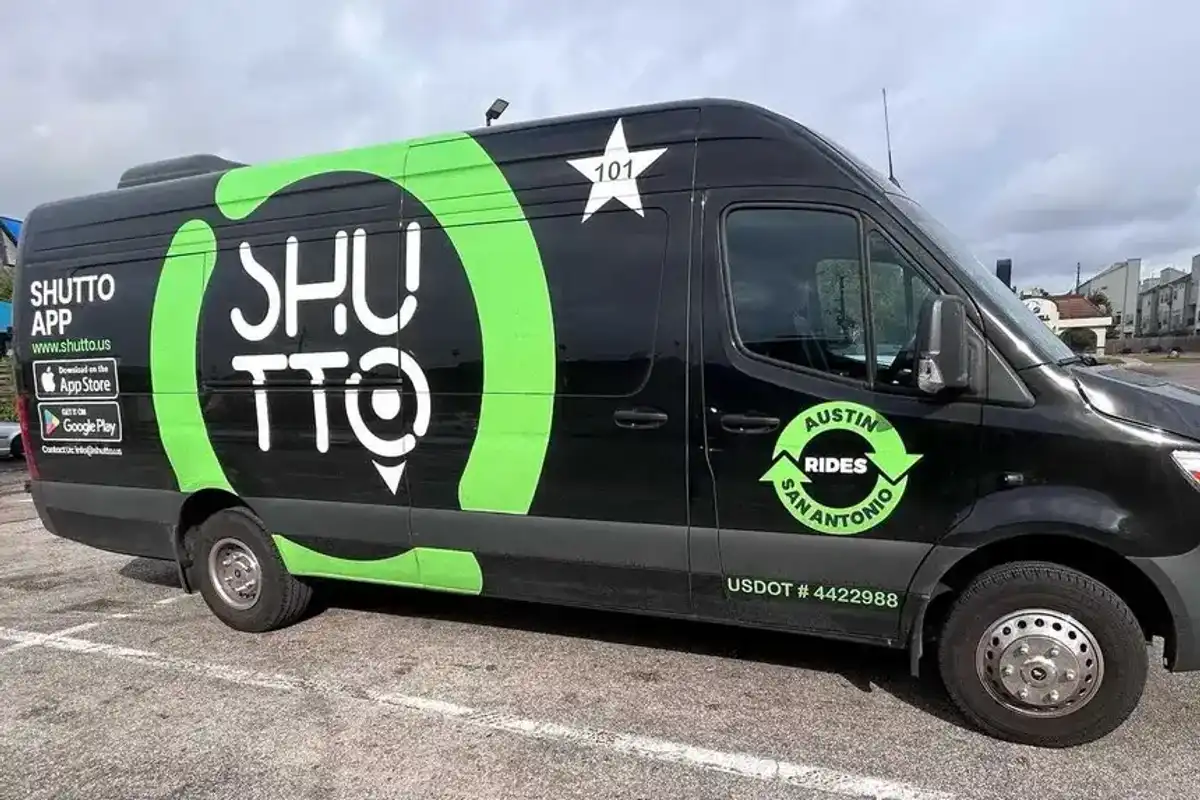Pitch perfect: What investors are looking for, according to Houston research
houston voices
Pitching to a venture capitalist is not only the most challenging part of building a startup, it’s also the most important. You can have the next pet rock idea, but nobody will ever experience it and you’ll never make a dime if the genius of this product cannot be expressed in an investor pitch. Okay, so pet rock isn’t the best example.
Let’s say you have a product that gets rid of stretch marks overnight. Great idea, right? Of course. But if you’re in front of an investor and they ask you how your product works, and you can’t answer them, your idea will forever remain just that: an idea. It’ll never manifest itself materially, which is your goal.
Did you know that the average venture capitalist holds around 500 in-person meetings per year? Further, did you know that only one in every 10 startups will make it past the first meeting?
With so many meetings with startup founders, you better believe that investors are virtually looking for reasons to pass on you and your cordless extension cord. Or whatever fakakta contraption you’ve developed in your garage.
Well, with so much importance placed on first impressions, here are some of the most important things investors look for and notice when you pitch to them:
Value proposition
This is what separates you from the pack. This is what makes your startup a standout. A value proposition shows an investor your company’s competitive advantage. If you can explain to your potential investor why it would be their folly if they invested in a competitor over your startup, then you’ll be that much closer to rolling out your product to market. Investors want to see a product or service that is unique because that means less competition, and less risk involved.
Entrepreneurship
Sure, you might be a brilliant scientist. You may have developed nanotechnology that eviscerates dirt and bacteria so you don’t have to shower anymore. But have you put together a team that can make your company a successful business? Do you have team members with experience in whatever it is your startup does? Do you have people with credibility congruent with your startup? Your pitch is a way for investors to find these things out. If you can show them that your team has experience, passion, insightfulness, and expertise, investors will feel much better about taking a chance on you.
Confidence is key
Investors can tell if a founder is confident, but not overconfident about how far they’ve come and how far they know they can go. During a pitch, investors can tell if your team is a cohesive unit or parts of a fractured whole.
Anatomy of an investor pitch
Your potential investor will notice if your pitch is structured well. He or she will take not of whether or not your pitch is designed well. They’ll ask themselves if it’s authentic. Does it cover business metrics? Is it concise and to the point? Is the founder communicating something complex in a simple way? Doing so shows absolute understanding and a total grasp of your product and the science behind it, plus the business aspect of it.
------
This article originally appeared on the University of Houston's The Big Idea. Rene Cantu was the writer and editor at UH Division of Research.





